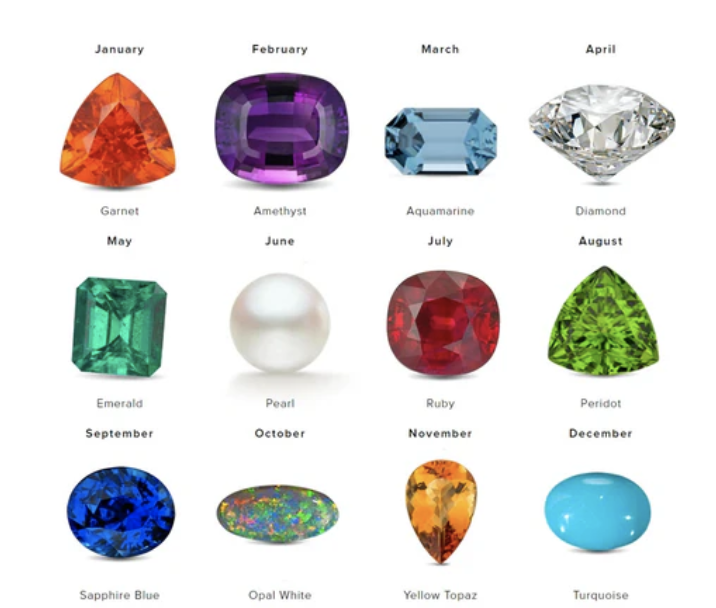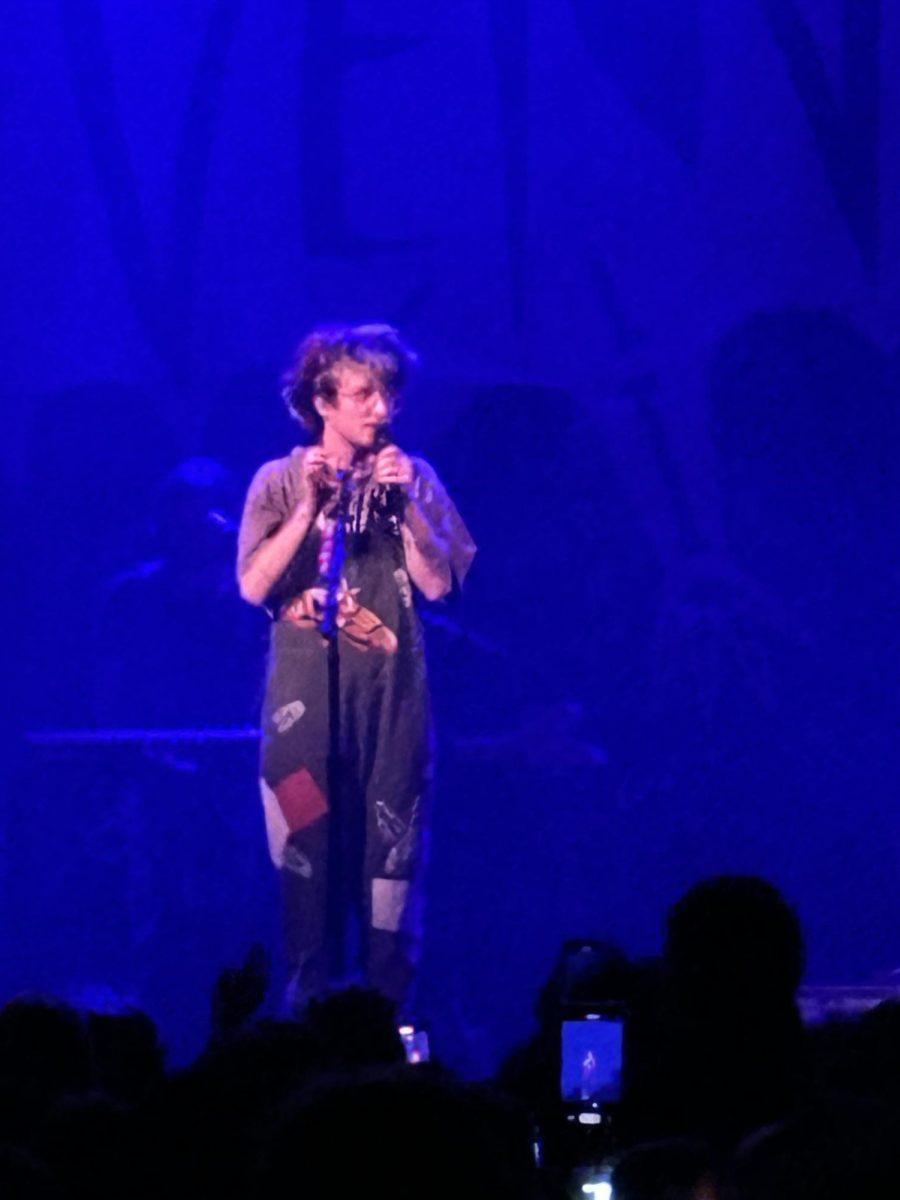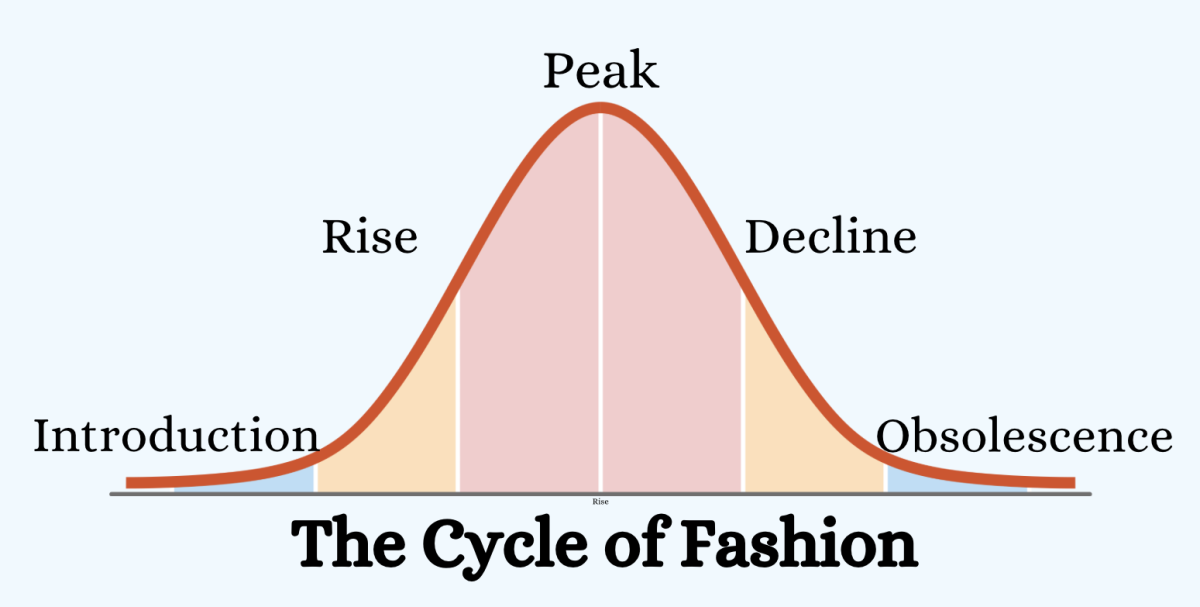When the phrase “The Seventies” comes to mind, lingering notions of Tie Dye Shirts, Bell Bottoms, and Gauchos come to mind. When the 80s are mentioned, acid-washed jeans and blinding neon shirts overwhelm the word. And millennials reminisce about the early 2000s, their memories flood with low-rise jeans, Y2K, and sweaty velvet tracksuits come through. However, while these decades can be easily defined by one fashion trend, the 2020s and so on cannot share that similar distinction.
While some can argue that it is due to coincidence, that is not the case because this lack of distinction in the era that we’re living in is due to the explosion of interest in social media.
While in the past eras, a certain silhouette or style would be met with popular support, in this new age, fashion trends are defined by specific items or brands. According to the Independent, this new wave of redefining consumer goods, is due to social media influencers’ in which many people see that person go viral, and aspire to recreate it exactly; consequently, they end up buying it in swarms.
However, the mass purchasing of one specific product actually goes against the traditional notions associated with fashion. Since fashion is noted for its individual expression and creativity, these rapid and uniform productions then start to become “old” very quickly and “outdated.” Therefore, the individuals who inspired the trend aspire to stay ahead of the curve and cycle and find new trends to start, but then the audiences and consumers follow the new trend. Thus producing a never-ending cycle, as previously stated in NPR.
The fashion cycle goes through 5 major points including: the introduction of the product, the instant rise in popularity through social media, the peak in which these products are getting constantly sold-out, decline – as the items experience overproduction the individuals find new trends – deeming these items as “obsolete”, the products then are rejected and antiquated.
With the consistent interest in social media, fashion inspiration is becoming much more accessible than it was ten years previous. These fast trends can be attributed to the AI algorithms created toward the consumer, and the consistent showing of new products on trendy influencers as mentioned in themomentum.com.
Mikayla Wang (11) attests that she has noticed on Instagram her “For You” page is flooded with the same constant item, “Every day when I check Instagram, it is the same product just in different colors, and different individuals wearing the product.”
With the new technological developments that have influenced society, the fashion world is radically changing. Therefore, we are now left with the theme that nothing is trending because now everything is trending.





























